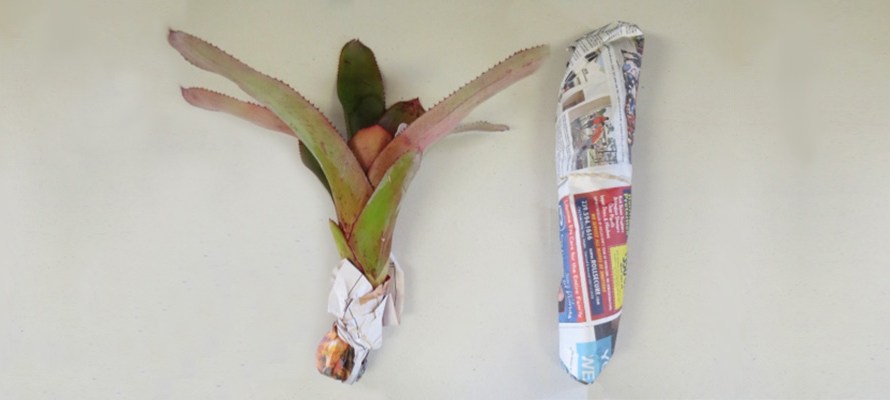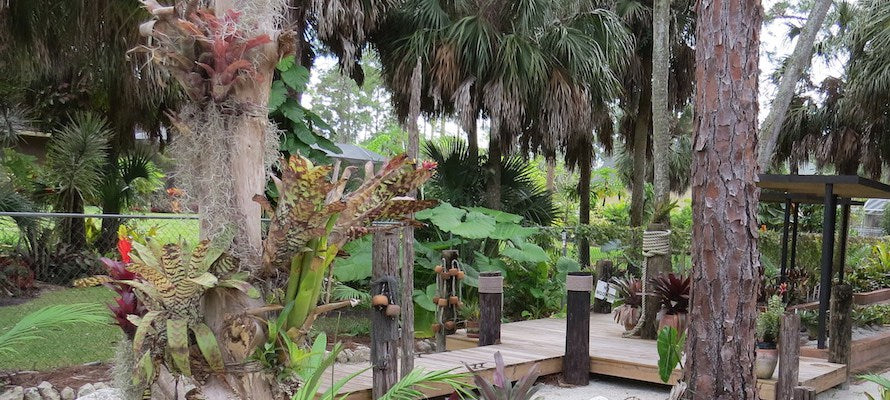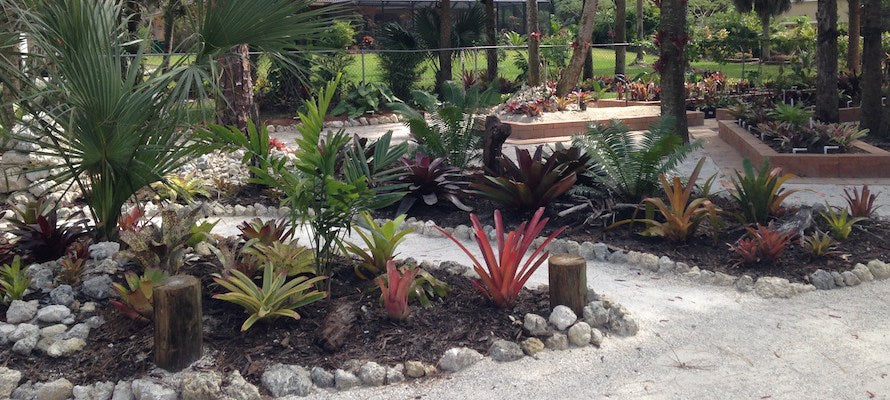Your Cart is Empty
Get Free Shipping on all orders $120 or more.
What are the benefits of Hydrogen Peroxide and how do I apply it?
Hydrogen Peroxide (H2O2) it is made up of Hydrogen (H2) and Oxygen (O2), however H2O2 has an extra Oxygen atom in an unstable arrangement – it is this extra negatively charged Oxygen atom that gives H2O2 its useful properties. H2O2 is used for many purposes including cleaning, bleaching, sterilizing, rocket fuel, and animal feed treatment and in addition many miraculous claims about its health benefits have been made. This information sheet focuses on its use in horticultural applications. H2O2 is of great use for both potted plants and dirt gardening.
What Does Hydrogen Peroxide do?
H2O2 is an unstable molecule; when it breaks down, a single oxygen atom (O- and a molecule of water is released. This oxygen atom is extremely reactive and will attach itself to either another Oxygen atom (forming a stable O2 molecule) or attack a nearby organic molecule.
Many disease-causing organisms and spores are killed by the free O- atom. The free Oxygen atom will destroy dead organic material (i.e., leaves and roots) in the system, preventing them from rotting and spreading diseases. H2O2 will help eliminate existing infections and will help prevent future ones. It is also useful for suppressing algae growth.
Over Watering
Both soil and potted plants often fall prey to the same syndrome. Potted plants often fail due to “root rot” and soil plants succumb to “over-watering.” The actual cause is a shortage of Oxygen at the root zone, allowing a Pythium infection to take hold.
In potted plants, oxygen deprivation is often caused by high temperatures and inadequate nutrient circulation and/or aeration. High reservoir temperatures interfere with Oxygen’s ability to dissolve into water. Temperatures above 70F (20C) will eventually cause problems, 62F-65F (16C-18C) is recommended.
Oxygen deprivation symptoms in potted plants are similar to that of soil – but at least you are able to check the roots. Healthy roots should be mostly white with maybe a slight yellowish tan tinge. If they are a brownish color with dead tips or they easily pull away there is at least the beginning of a serious problem. An organic, ‘dirt like’ rotting smell means there is already a very good chance it is too late. As roots die and rot, they remove Oxygen out of the water; as Oxygen levels are depleted even further. more will roots die – a viscous circle!. Reduced Oxygen levels and high temperatures encourage anaerobic bacteria and fungi, which attack the plant further mercilessly.
How does Hydrogen Peroxide prevent root rot & over-watering?
Plants watered with H2O2 will experience extra oxygen in the root zone when the peroxide breaks down. This helps stop the Oxygen from being depleted in the water filled air spaces until air can get back into them. High Oxygen levels at the roots will encourage rapid healthy root growth. In a Potted systems, H2O2 will disperse throughout the system and raise Oxygen levels as it breaks down. Strong white healthy roots with lots of fuzzy new growth will be visible. This fuzzy growth has massive surface area allowing for rapid absorption of the huge amounts of water and nutrients needed for rapid top growth. A healthy plant starts with a healthy root system.
How to use/apply it
H2O2 comes in several different strengths: 3%, 5%, 8% and 35%, also sold as food grade Hydrogen Peroxide. The easiest to get is the 3% available at your drug store or supermarket.
Three percent Hydrogen Peroxide may be added at up to 3 ml’s per liter (2 1\2 tsp. per gallon), but it is recommended that you start at a lower concentration and increase to full strength over a few weeks. .
Application
US Standard
2 1\2 tsp. per gallon
Use peroxide water with an anti-fungicide and a high Phosphate fertilizer (9-45-15, 10-52-10, 0-60-0) for additional root growth. Gloves are strongly recommended when working with any strong chemical. Or any other product with rooting hormone dissolved in it is helpful in re-growing roots and is strongly recommended. Water heavily until liquid pours out the bottom of the pot – this method helps flush out stagnant dead water and replaces it with fresh highly oxygenated water. Don’t let plants sit in trays full of water, the soil will absorb this water and stay too wet. Don’t water again until the pot feels light and the top inch or two of the soil are dry.
The key to productive plants is a healthy root system; Hydrogen Peroxide is a great way to keep your roots healthy. It is a must to ensure the biggest best plants possible and to increase the chances of your plants thriving to harvest. Peroxide users will rarely lose plants or plants to root disease and will harvest larger and more consistent plants.

When a bromeliad is ordered on-line, it will either be taken as an offset from a mother plant, or it will be taken from a pot. Either way, it is possible that it has already started to grow roots.

Bromeliads are a type of plant called epiphytes, which means that they draw moisture from the air and don’t need to be in soil to survive. While their roots can draw water and nutrients, they typically serve as a plant’s ‘anchor’, attaching and holding it place.

Although mosquitoes are not a pest that can harm your bromeliads, they can become very annoying to everyone around them. Mosquitoes are currently a topic of conversation as common sense and the facts often give way to rumor and sensationalism.